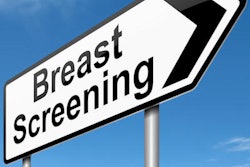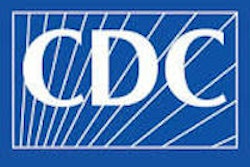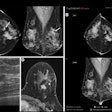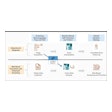
Breast cancer screening disparities exist across racial groups in the U.S. -- with possible negative effects on the health of black and Hispanic women, according to a new study published on December 16 in the Journal of the American College of Radiology.
In a literature review, researchers from the Mayo Clinic in Rochester, MN, found that black and Hispanic women get screened less often than white women, particularly those in the age groups of 40 to 65 and older than 65 (JACR, December 16, 2016).
"It's evident that more work needs to be done to ensure that all eligible women have access to this preventive screening tool," lead author Dr. Ahmed T. Ahmed said in a statement released by the American College of Radiology.
Lower odds
To investigate disparities in the utilization of screening mammography in the U.S., Ahmed and colleagues searched Medline, Embase, the Cochrane Central Register of Controlled Trials, the Cochrane Database of Systematic Reviews, and Scopus for studies published between 1946 and 2015 that compared mammography use among various racial groups. They included data from more than 5.8 million patients across 39 relevant studies. Of these patients, 43.1% were white, 33.3% were black, 17.4% were Hispanic, and 6.2% were Asian/Pacific Islander.
Ahmed and colleagues found that black and Hispanic women had lower odds of utilizing screening mammography than white women. For black women, these disparities were present in both the 40-to-65 age group and the over-65 age group, while for Hispanics, these differences were found only in the 40-to-65 age group. There was no difference in mammography utilization between Asians/Pacific Islanders and whites.
Why the difference?
There are a number of factors that may explain the lower rates of screening mammography utilization in minority populations, according to the researchers. They cited prior studies suggesting that contact with a primary physician who regularly and repeatedly recommends screening mammography is one of the most important factors in determining screening mammogram utilization -- even beyond socioeconomic barriers such as income, education, and unemployment. In addition, studies have found that pain, embarrassment, low income, and lack of health insurance are key barriers to women getting regular screening mammography.
"The breast cancer screening community and many other stakeholders have dedicated significant effort to developing racially and culturally specific interventions to address these deficiencies, with varying degrees of success," the group concluded."Further studies are needed to understand the reasons for disparities, trends over time, and the effectiveness of interventions targeting disparities."




















